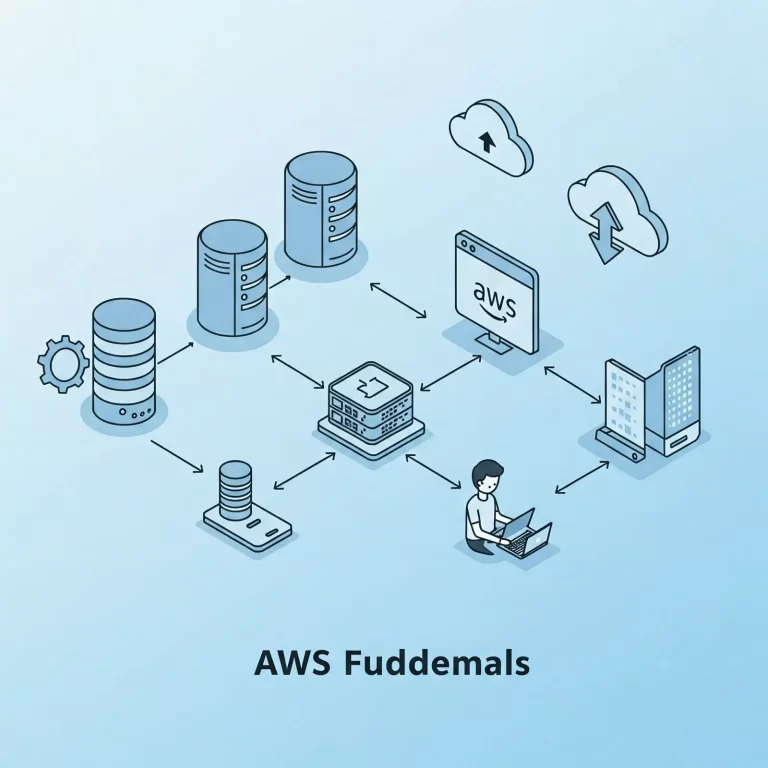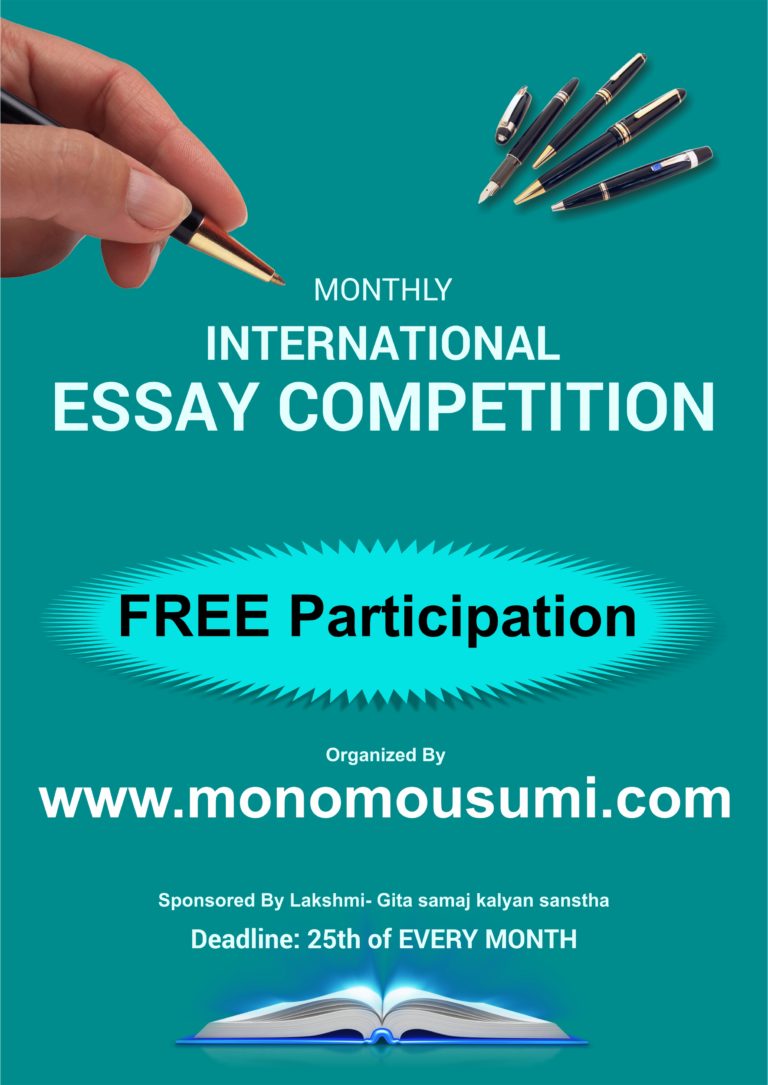
Understanding the Role of Past Papers
ESAT past papers help reinforce fundamental concepts and theories. This deeper understanding is crucial not just for tests, but for innovation and problem-solving in your studies and future career.
Familiarization with Exam Format
Past papers are a goldmine when it comes to familiarizing yourself with the test’s structure. While the specific questions differ each year, the format typically remains consistent. This means you can use past papers to:
- Identify Patterns—By practicing with past questions, you’ll start to notice recurring themes and question types. For example, certain concepts in physics or sections in math that tend to appear in some form. Recognizing these patterns helps condition your brain for similar questions during the actual test.
- Gaining Insight into Format—Past papers show you how sections are typically organized, the balance between multiple-choice and open-ended questions, and how time management can be strategized across different parts of the test.
Pattern Recognition and Brain Conditioning
When you engage with a broad range of past questions, you’re essentially training your brain to detect and synthesize information rapidly. With repeated exposure, your brain forms neural pathways for problem-solving, allowing you to process similar questions more quickly.
As you internalize common problem-solving techniques and strategies, you develop an intuitive feel for the questions. Thus, even when faced with new scenarios, your brain quickly draws from this internalized toolkit.
It’s like muscle memory—practice strengthens these paths, making your responses more reflexive and less reliant on conscious calculation.
Assessing Difficulty Levels
Past papers provide a great benchmark for assessing the range of difficulty levels you might encounter. By working through older papers, you expose yourself to the full spectrum of question difficulty. You’ll learn to adjust your approach and mindset depending on the complexity of the problem, which enhances your adaptability during your future test.
Regularly tackling complex questions boosts your confidence and reduces anxiety. You become more comfortable with challenging material, recognizing that you’ve navigated similar terrain before.
Living and breathing ESAT past papers creates a well-rounded preparation regime. It sharpens both your cognitive reflexes and your strategic test-taking skills. You enter the exam with a comprehensive understanding of its rhythmic ebb and flow.
Beyond Test Prep: Engaging with the Field
Engaging with past papers isn’t just test practice; it’s also a glimpse into real-world applications of science and engineering concepts. The scenarios presented in these questions often reflect the kinds of problems engineers and scientists tackle in their careers.
As you work through these papers, you might find certain topics or problems that pique your curiosity. Use these moments as springboards to delve deeper into those areas. It’s really important. This could lead to discovering new interests or even potential career paths within the vast fields of science and engineering.
Past papers help reinforce fundamental concepts and theories. This deeper understanding is crucial not just for tests, but for innovation and problem-solving in your studies and future career.
Building a Strategic Study Plan Using Past Papers
Your study plan should aim to build a bridge between mastering the ESAT and nurturing a lifelong passion for science and engineering.
Crafting the Best Study Plan
- Foundation First
Before you dive into past papers, ensure your foundational knowledge in key subjects like mathematics, physics, and chemistry is solid. This will allow you to tackle questions with more confidence and less frustration.
- Mix It Up
Integrate a mix of new study material with past papers. This can prevent burnout and keep your learning dynamic. Think of past questions as simulations where you apply fresh knowledge.
- Regular yet Manageable Goals
Instead of cramming, set short-term, achievable goals. For example, aim to complete a certain number of questions or specific sections each week. Consistency is key, and regular practice helps solidify that neural network we talked about.
- Reflect & Adjust
After each study session, take time to reflect on what worked and what didn’t. Adjust your approach accordingly. This iterative process mimics the engineering design cycle: test, analyze, and modify.
- Make it Relational
Connect what you’re learning with its broader application in the science and engineering fields. This might mean relating a calculus problem to signal processing or linking chemistry equations with material science.
Time Management & Balance
- Prioritize & Schedule—Identify the areas you find most challenging or impactful and dedicate focused time to them. Incorporate breaks and variety to keep your mind fresh.
- Hands-On/Application—Whenever possible, tie your theoretical understanding to practical tasks or projects. This not only improves retention but makes studying more engaging.
By keeping curiosity at the helm and maintaining a structured yet flexible approach, you’re setting yourself up to not just ace the ESAT, but also to thrive in your chosen field.
Maximizing Learning from Past Papers
Targeted Improvement with Past Papers
- Identify Weak Areas—Be honest about which sections or question types give you the most trouble. Focus your initial practice there to strengthen those areas.
- Review and Reflect—After completing papers, don’t just check answers—analyze where you went wrong. Understanding why a mistake happened is key to not repeating it.
- Simulated Testing—Mimic exam conditions when practicing to build stamina and reduce test-day anxiety. Time yourself to train your brain to work efficiently under pressure.
Fast-Track Problem-Solving Power
To supercharge those problem-solving skills, try integrating the following fast-acting methods into your routine.
- Mental Models
Explore different mental models like Feynman Technique or First Principles Thinking. These techniques break down complex ideas into simpler components, vastly improving comprehension and solution-building speed.
- Gamified Learning
Beyond Sudoku, leverage educational games or apps focusing on logic and analytical skills. Their interactive nature keeps the learning fun yet impactful.
- Cross-Training the Brain
Engage in diverse activities that push cognitive flexibility—like learning a musical instrument, coding, or simple daily challenges that require logical reasoning.
By blending these strategies, you’re setting yourself up to develop an agile, well-rounded problem-solver’s mindset.
Integrating a Mix of Study Material
It’s great when you can broaden your resources to get a richer, more nuanced understanding.
- Non-Fiction Literature—Books that explore key concepts in science and engineering can provide context and depth beyond what a textbook might offer. Think about works by authors like Richard Feynman or Randall Munroe, who translate complex ideas into engaging narratives.
- Latest Research Articles—Staying abreast of current advancements can energize your studies. Skim through journals or reputable science magazines that align with your interest. Understanding cutting-edge research makes theoretical learning feel relevant and inspiring.
- Video Lectures and Online Courses—Dip into platforms like Khan Academy or Coursera where you can find comprehensive courses related to challenging topics. Visual and auditory learning can often clarify what’s murky in texts alone.
The Power of Short-Term Goals
Short-term goals are your friendly stepping stones on the path to those big, long-term achievements you’re craving for. Hitting small, manageable targets regularly builds momentum! Every achievement gives you a psychological boost, a reminder that progress is happening, which keeps motivation levels high.
Short-term goals let you focus intensely on specific areas needing improvement. They also allow for flexible adjustments if something isn’t working, keeping your strategy dynamic rather than rigidly goal-bound. And remember, it’s that combination of thoughtful, progressive routines with fun, stimulating activities that fuel real progress.
Write and Win: Participate in Creative writing Contest & International Essay Contest and win fabulous prizes.


